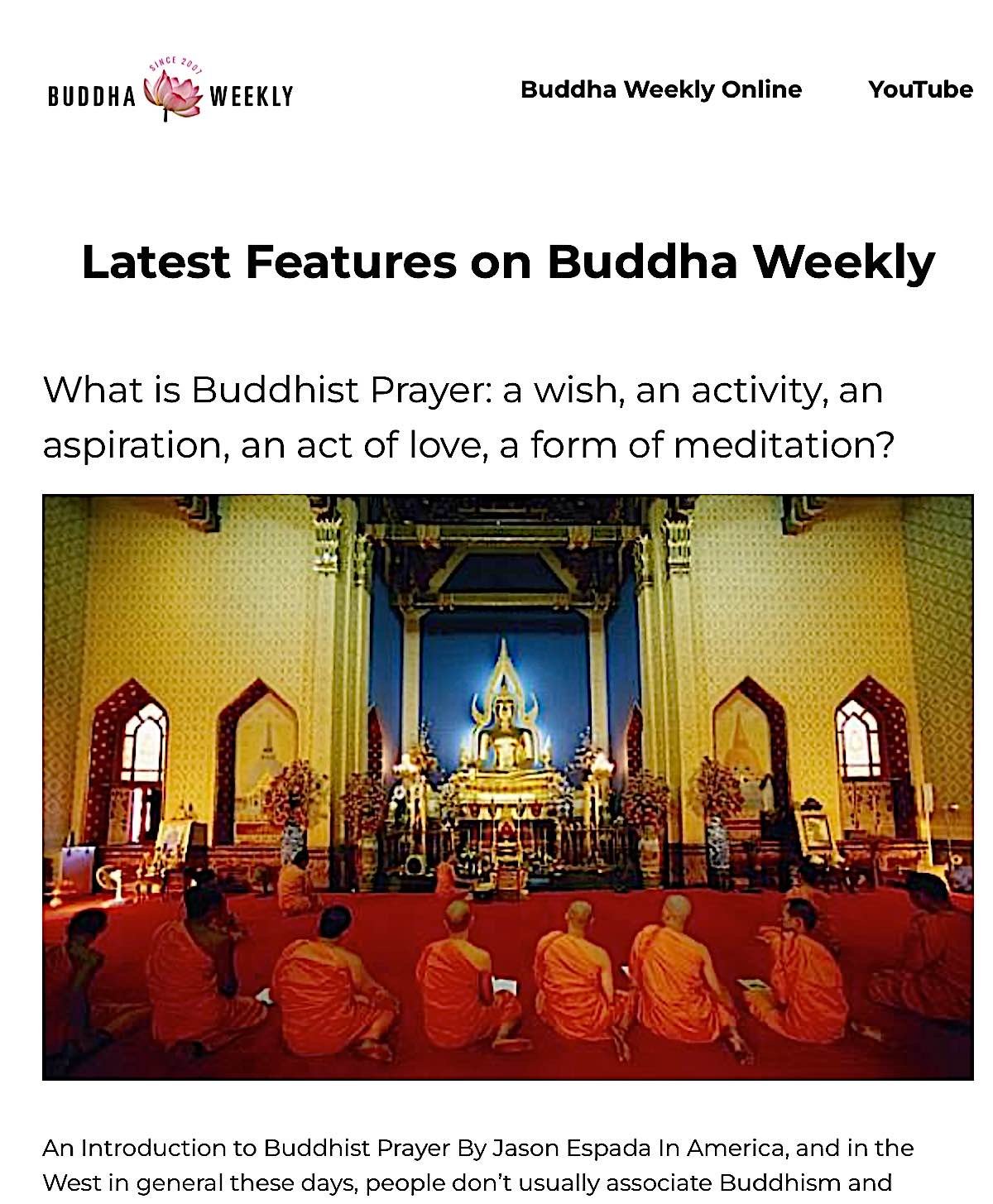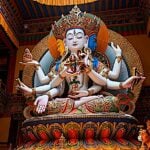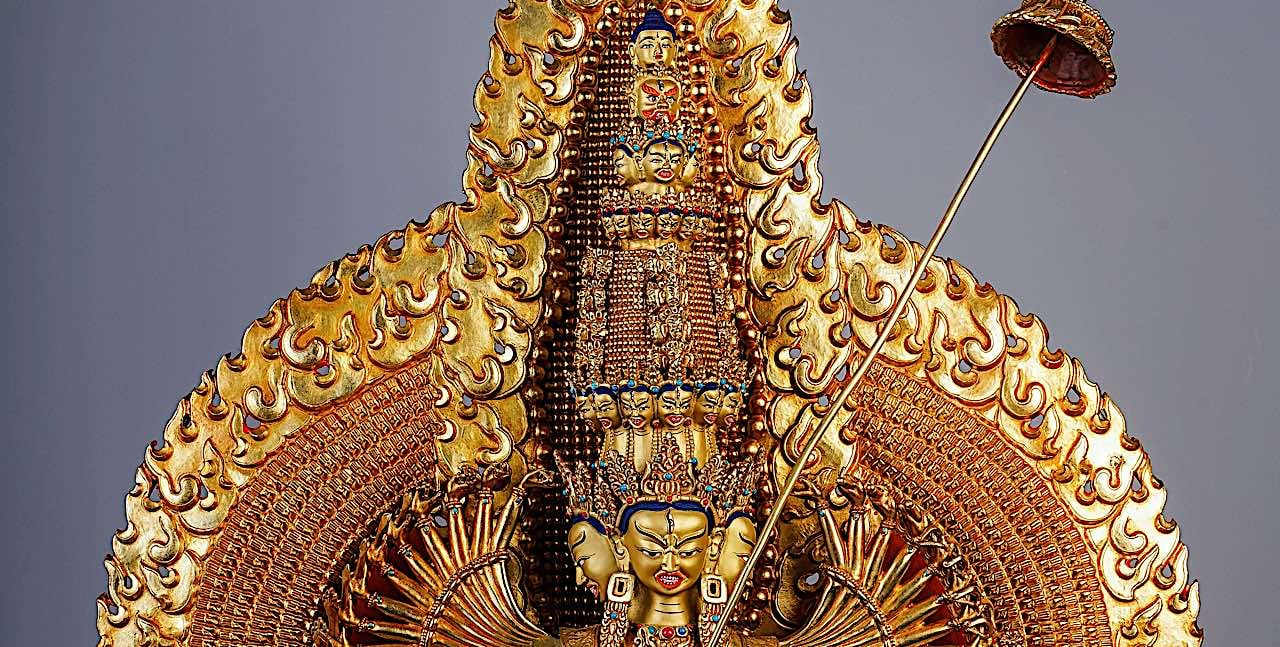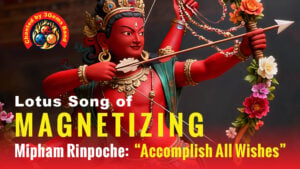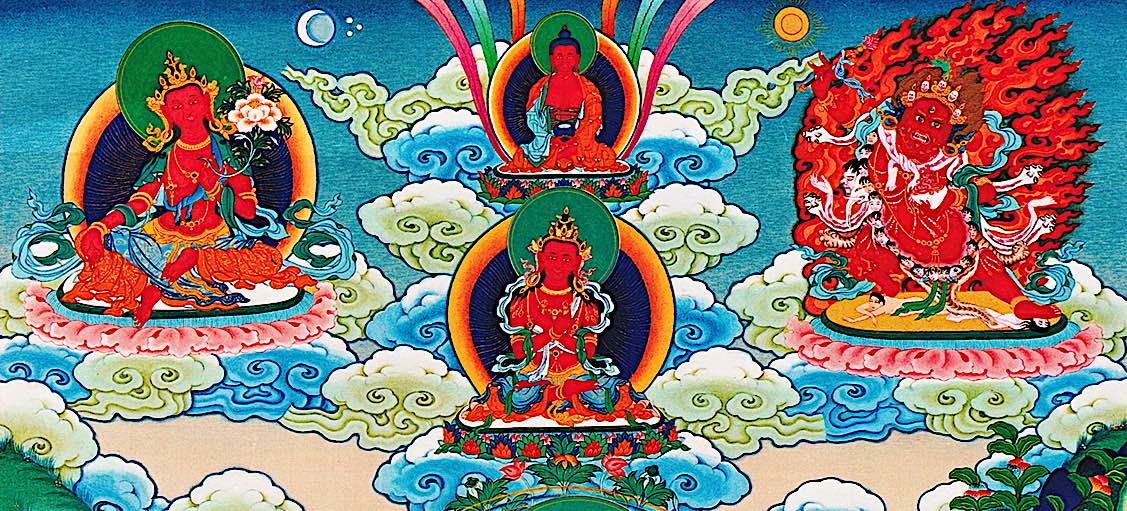MANTRA TIME OUT: Anger Quick Fix – Buddhist Mantra Practice: 5-Minute Vajra Dharani to Put out the Fire of Anger
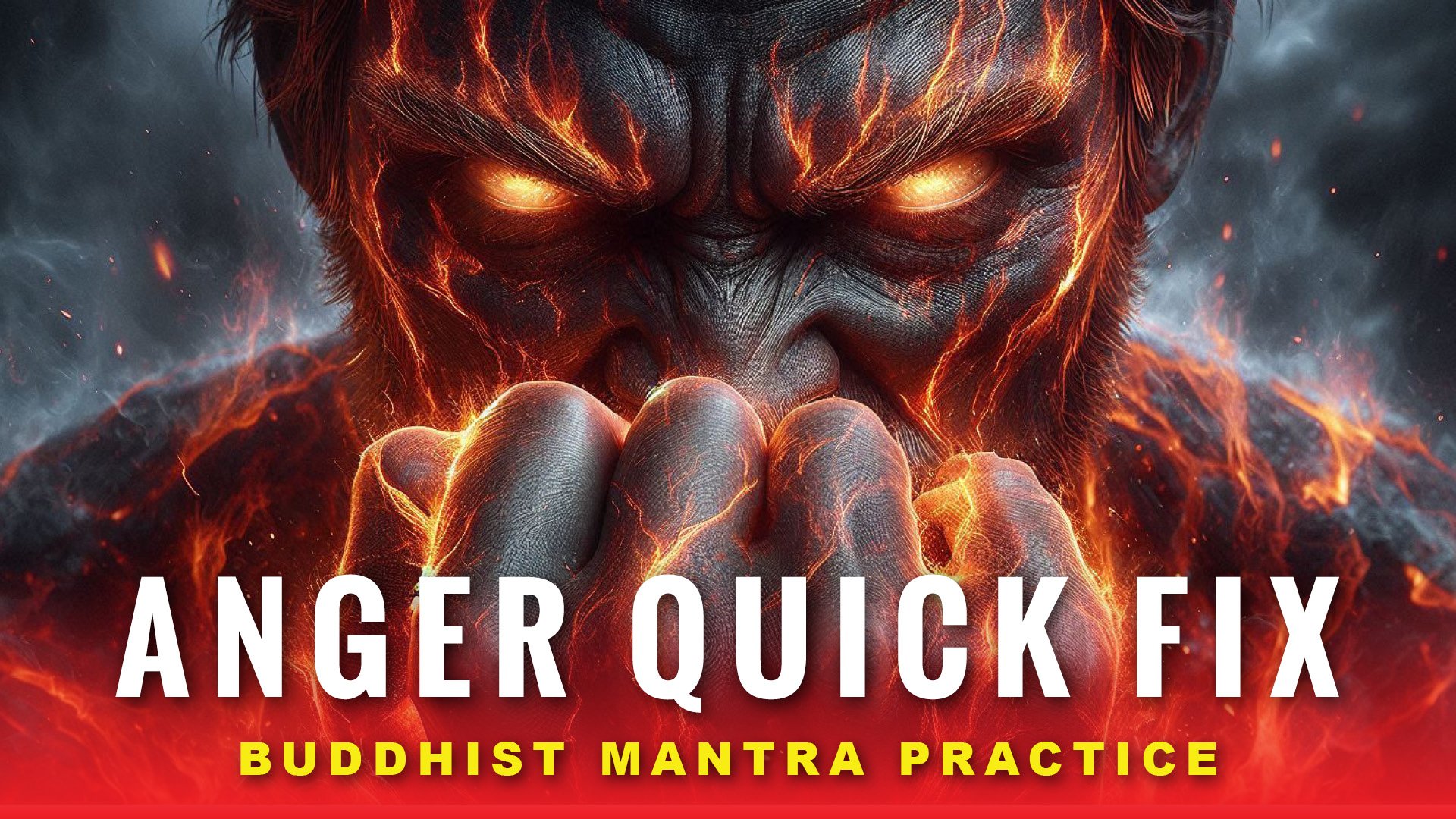
Welcome to our Buddha Weekly Mantra Time-Outs, a new series of short practices for quick “time-outs” when we have emergency situations. These short Buddhist practices are useful whenever you need an 5-Minute Time-Out — at work, at home or anywhere you’re facing obstacles. Whether it is your anger — or anger directed at you by another — take a short time-out and dedicate the merit of your practice to the transformation of the anger into constructive activities. You don’t have to be a Buddhist to benefit from this beautiful Dharani.
Video:
CONTENTS
- 00:00-01:05 When to Take an Anger Mantra Time-Out
- 01:05-01:34 How to Take an Anger Time-Out with Akshobhya’s Vajra Dharani
- 01:34-02:07 Why Anger is the Most Destructive Buddhist Poison, Like a Raging Forest Fire
- 02:08-03:37 Akshobhya’s meditational element Water — Cooling the Fires of Anger
- 03:37-04:25 Visualization and Suggestions for Meditation
- 04:25-09:23 AKSHOBHYA VAJRA DHARANI CHANTING 9 TIMES
In today’s Mantra time-out, Akshobhya’s powerful Dharani for Anger, the most potent of poisons in Buddhism. If you’ve already listened to the intro, see the contents for the start time of the Dharani.
In Buddhism, anger is the most destructive of all of the poisons. The metaphor is usually fire. Just as a forest fire destroys everything in it’s path — and, once lit is hard to extinguish. The metaphor for calming anger is water, the element of the Vajra family of Akshobhya Buddha. Think of water completely extinguishing the fire.
Anger is considered the most damaging to karma, peace and progress on the Dharma path. The remedy — not only in Buddhism — is compassion and loving kindness. This great Dharani reflects Akshobhya’s great vow never to again become angry. In his Sutra, he vowed:
“Now that I have become a bodhisattva, I will never allow myself to get angry at any living being.”
Whether we are Buddhist or not, we can be inspired by this great vow. Try to visualize his serene blue form, while listening or chanting his great Dharani. Play this Dharani whenever you feel your rage rising uncontrollably. We have linked videos about great Akshobhya and the Vajra family at the information icon.
Turn on CC to chant along — or just listen with headphones.
We invite you to relax, breathe deeply, half close your eyes, and listen or chant along with the great Vajra Dharani of Akshobhya. Hear the sounds. Feel the vibrations. Stay in this moment, remaining mindful.
Think of running water. Think of the shining moon, reflected in a pool. Think of a splash of water on your face, cooling the anger. Breathe and relax. Or think of his serene blue form, a peaceful Buddha of glowing, calming blue light, the color of the blue ocean.
We dedicate the merit of this Dharani to the cause for Bodhichitta, to benefit of all sentient beings.
More articles by this author
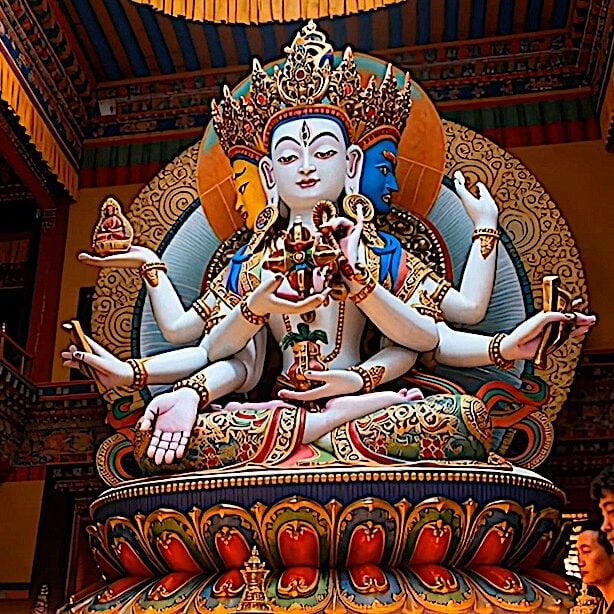
ON HEARING: Ushnisha Vijaya Dharani Overcomes Six Types of Suffering, Conquering the Lord of Death: Supreme in Six Realms
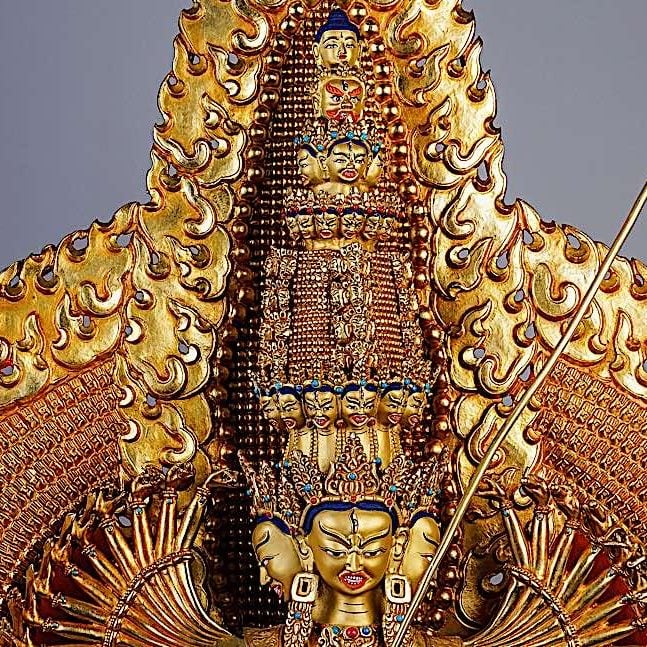
Sitatapatra or Dukkar — the ultimate protective Bodhisattva Goddess, form of Mother Tara — 1000 arms or 2 arms, she is “Aparajita” the Undefeatable One
Search
Latest Features
Please support the "Spread the Dharma" mission as one of our heroic Dharma Supporting Members, or with a one-time donation.
Please Help Support the “Spread the Dharma” Mission!
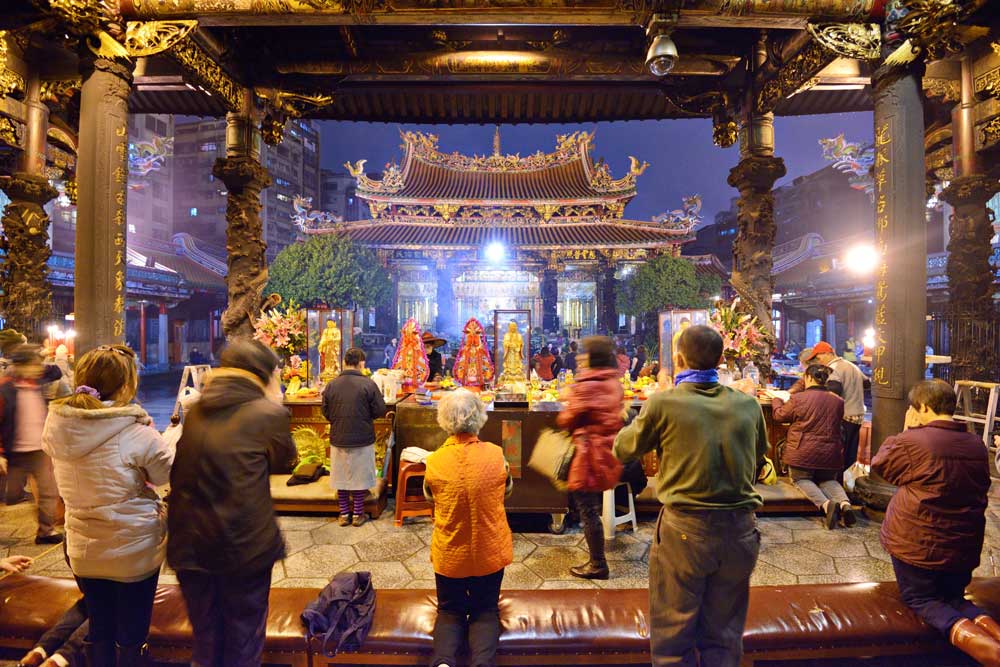
Be a part of the noble mission as a supporting member or a patron, or a volunteer contributor of content.
The power of Dharma to help sentient beings, in part, lies in ensuring access to Buddha’s precious Dharma — the mission of Buddha Weekly. We can’t do it without you!
A non-profit association since 2007, Buddha Weekly published many feature articles, videos, and, podcasts. Please consider supporting the mission to preserve and “Spread the Dharma." Your support as either a patron or a supporting member helps defray the high costs of producing quality Dharma content. Thank you! Learn more here, or become one of our super karma heroes on Patreon.
Lee Kane
Author | Buddha Weekly
Lee Kane is the editor of Buddha Weekly, since 2007. His main focuses as a writer are mindfulness techniques, meditation, Dharma and Sutra commentaries, Buddhist practices, international perspectives and traditions, Vajrayana, Mahayana, Zen. He also covers various events.
Lee also contributes as a writer to various other online magazines and blogs.

